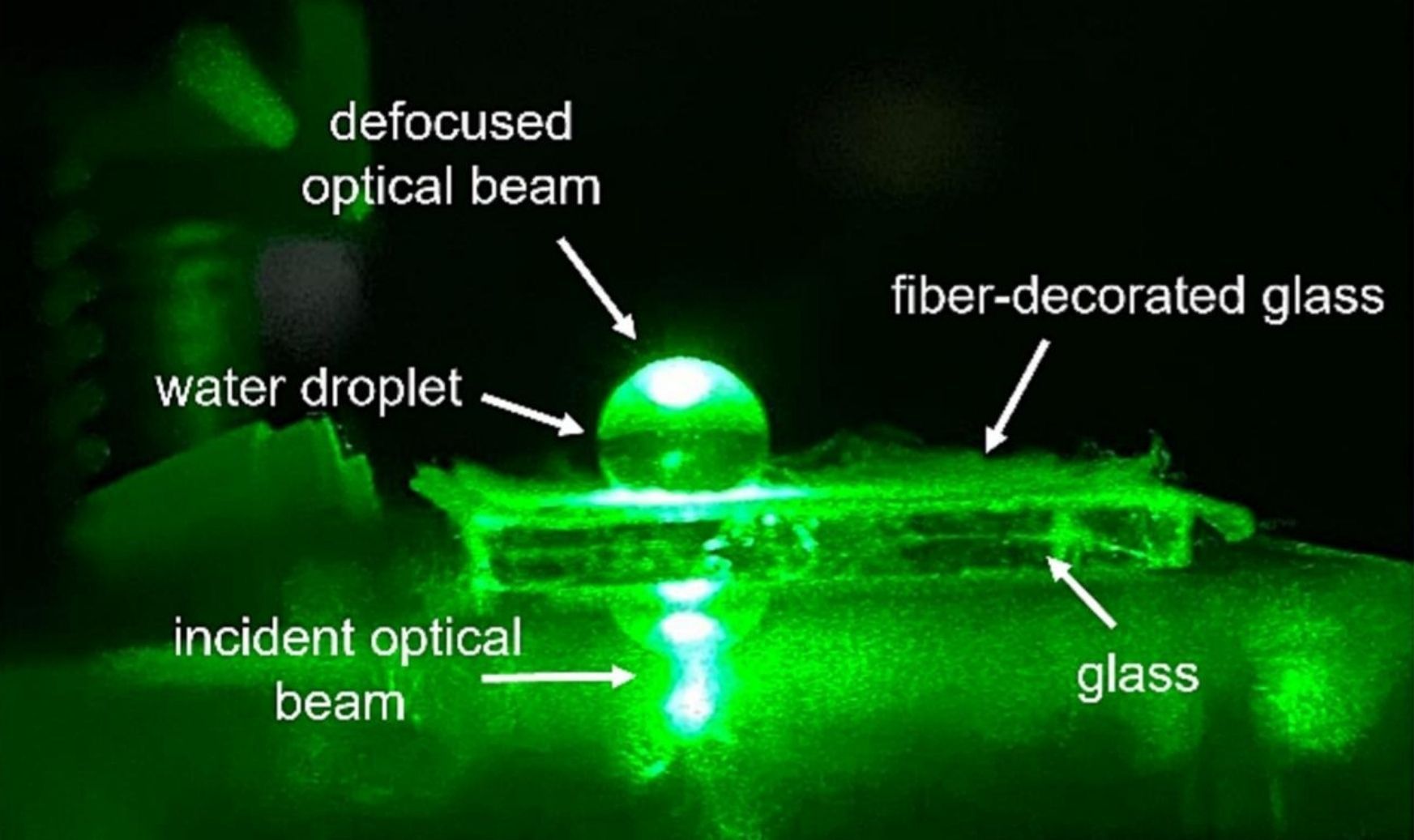Pinoy scientists create low-cost, adjustable liquid lens using water droplets

Filipino scientists have developed an affordable and adjustable water-based lens that could soon be used in schools, laboratories, cameras, and wearable devices.
The innovative system utilizes water droplets as lenses, placed on a specially treated glass slide coated with polyvinyl chloride (PVC) plastic.
This surface, made hydrophobic through a technique called electrospinning, allows the droplet to hold a dome shape, which is similar to a magnifying lens.
By simply adding or removing water, the researchers were able to adjust the droplet’s magnifying power with minimal distortion.
In their tests, scientists shone a laser through droplets of different sizes.
Researchers found out that larger droplets produced longer focal lengths, while smaller ones focused the beam more closely, acting like zoom lenses.
The beam remained clear and undistorted throughout, they added.
According to researchers, they used electrospinning to melt PVC in an electric field, stretching it into fine fibers and coating the glass. Such gave the surface water-repelling properties, preventing droplets from flattening out.
Because the lens system is low-cost, easy to produce, and does not rely on complicated materials or technology, it can be useful in teaching optics in science classes, especially in resource-limited schools.
Also, it could be useful in field laboratories, basic diagnostics, or quick laser alignment in research settings.
With further refinement, the technology could be adapted for portable microscopes, projection systems, or wearable gadgets.
The research was led by Mr. Marco Laurence M. Budlayan and Dr. Raphael A. Guerrero of the Ateneo de Manila University School of Science and Engineering - Department of Physics, in collaboration with experts from Caraga State University, Pangasinan State University, and the University of the Philippines - Diliman.
Their study was published in the May 2025 issue of Results in Optics.